Native name МЦК Opened 10 September 2016 Stations 31 | Locale Moscow | |
 | ||
Daily ridership 310,000 (workday peaks) Operators Moscow Metro, Russian Railways (subcontractor) | ||
The Moscow Central Circle or MCC (Russian: Московское центральное кольцо, МЦК), designated Line 14 or just Encircle Line (Russian: Окружная линия) and marked in a strawberry red/white color is a 54-kilometre-long (34 mi) orbital urban/metropolitan rail line that encircles historical Moscow. The line is rebuilt from the Little Ring of the Moscow Railway and opened to passengers on 10 September 2016. and is operated by the Moscow Government owned company MKZD through the Moscow Metro, with the state-run Russian Railways selected as the operation subcontractor. The infrastructure, trackage and platforms are owned and managed by Russian Railways, while most station buildings are owned by MKZD.
Contents
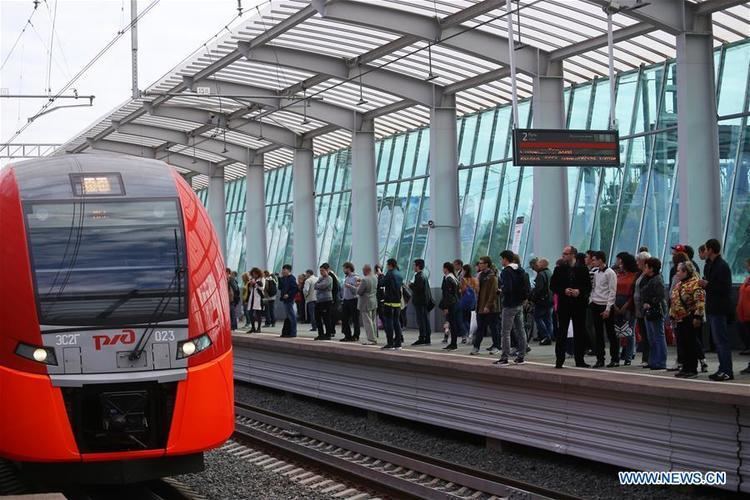
History
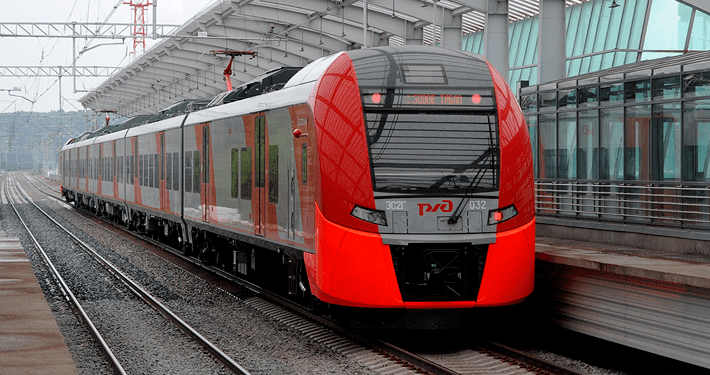
The railroad was commissioned in 1897 under the auspices of Czar Nicholas II, thus earning a "Royal Railroad" nickname. The planning took five years. Thirteen design alternatives were reviewed in the process. The winning bid was for a four-track rail line, with two tracks allocated for freight, and the other two used by passenger trains. The project came with an estimated 40 million ruble price tag.
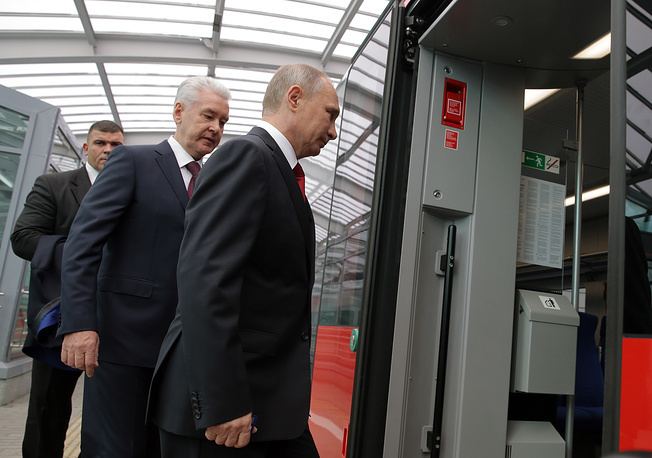
In May 1902, construction began. Following a defeat in the 1905 Russo-Japanese War, construction was scaled back. As the costs overran the estimate by a third, the number of tracks being built was reduced to two. Bridges, of which there are 35 (4 big and 31 small), were particularly costly. Their low clearance hindered electrification efforts for over a century to come. The vast railroad infrastructure included housing facilities, water towers, smithies, and miscellaneous shops. Station houses — architectural masterpieces built in the typical early-20th-century Russian industrial style — had electricity. Heat was provided by masonry heaters, some of which were Russian-made, and some imported from Holland. Station clocks were purchased from Swiss manufacturer Paul Buhré. Known for their accuracy, these clocks, for a while, became the city's de facto time standard. Only one such clock has survived. It is located in Presnya station supervisor's office.

The first train ran in 1907. On July 19, 1908, the railroad officially opened. The opening ceremony was attended by the Czar, Royal Dynasty members, and government and city officials.
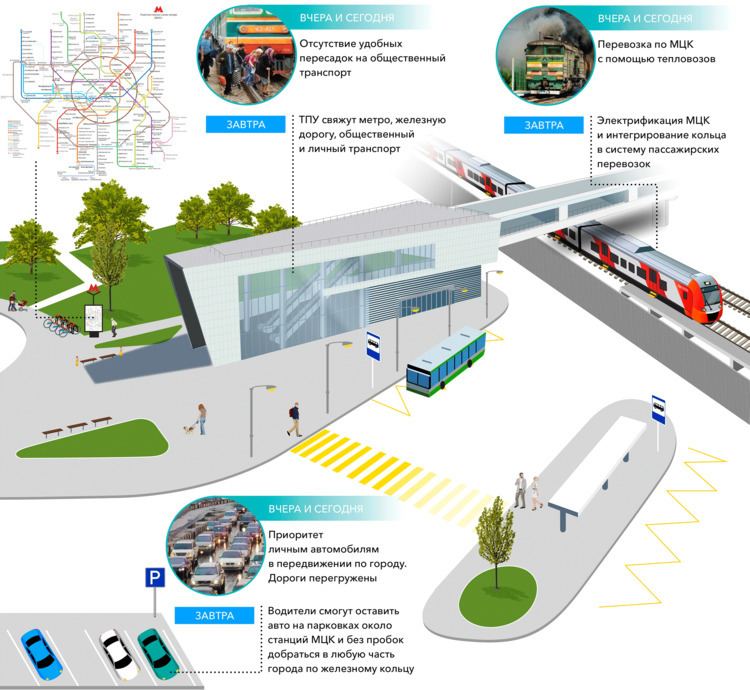
In the first few months, the railroad was used exclusively for passenger traffic. Due to a high train fare — at 3.40 rubles — ridership was virtually non-existent, and the line brought in the total of 132 rubles in revenue since the operation started. Thus, on October 10, 1908, passenger trains were discontinued in favor of freight service.

Between World War I and the October Revolution of 1917, the passenger service was restored, although freight remained the only viable revenue source. By the late 1920s, other forms of public transportation had emerged, and, in 1934, passenger service was ended, only to resume, again, 82 years later.
Development
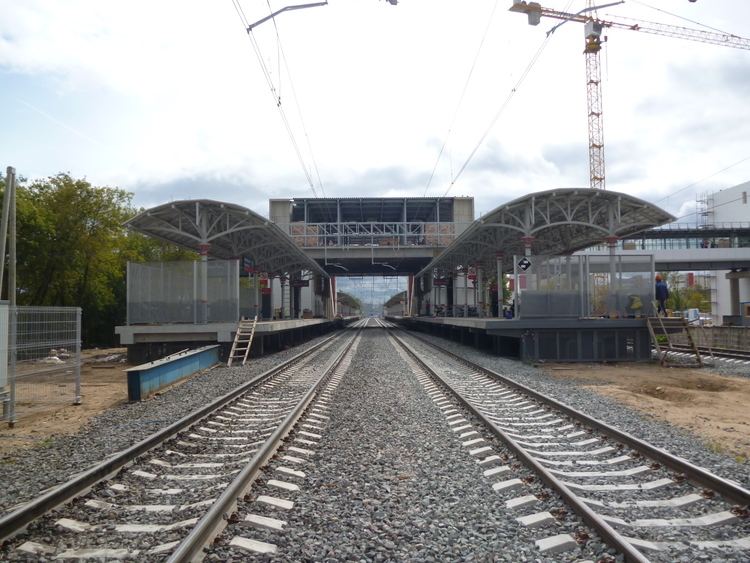
Around 2010, many millions of people utilized the city's subway system daily. Some 35-40% used private transportation, leading to severe road congestion.
Upgrade plans for the railway line were signed by Russian Railways and the Moscow Government between 2008 and 2011 with consent of Vladimir Putin (Prime Minister at the time). Construction work planned for 2013–2016 would convert the Little Ring line of the Moscow Railway for joint passenger and freight use but in 2012, at a meeting with new Prime Minister Dmitry Medvedev in Odintsovo, Moscow Mayor Sergey Sobyanin acknowledged that trains on the circle railway would not be fully ready until 2020. The required work included:
Construction commenced in 2012, and passenger services began in the third quarter of 2016. During the reconstruction of the railway, many of the original passenger stations were re-purposed for passenger use and complemented with new stations.
Opening and operation
The line opened on September 10, 2016 in the presence of President Vladimir Putin and Moscow Mayor Sergey Sobyanin. The line is free to ride for the first month of operation. By the end of 2016, the daily ridership on the Central Circle Line is expected to reach 400,000 and by 2025, the ring railway is expected to carry up to 300 million passengers annually.
The operation of the Central Circle is similar to the S-Train systems in Germany and other countries. Ticketing on the Moscow Central Circle is fully integrated with the Moscow Metro; the same payment cards (such as the Troika card) can be used on both systems, and free transfers will be possible within 90 minutes since the first entry into the system, in a way similar to the transfers between the Metro proper and the Moscow Monorail. The line serves the purpose of a connector between the different radial lines of outer Moscow, much as the Koltsevaya Line does in inner Moscow. According to Moscow's deputy mayor, 130 trains per day will circulate around the circle line, with a frequency of 5–6 minutes during the rush hours, and 10–15 minutes at other times. The line's hours of operation will be the same as the rest of the Metro, from 06:00 until 01:00.
Despite its name, the Moscow Central Circle is not circle-shaped. The line stretches 12 kilometres (7.5 mi) outward in the northwest and draws as close as 5 kilometres (3.1 mi) to the Kremlin in the south. The Metro's Third Interchange Contour (an extension of Line 11/Kakhovskaya Line), which is under construction and will also be a circle line, will reach further to the south.
An estimated 1,500,000 people lived near the line in the early 21st century.
Stations
The Central Circle Line has 31 opened stations. There are 5 direct transfers to other Moscow Metro lines and 9 more transfers available within walking distance from MCC stations. Free transfer between designated MCC and metro stations all requires the first rail journey before transfer to be done within 90 minutes.
Rolling stock
The line is operated by 33 Siemens ES2G Lastochka trains and Podmoskovnaya depot. Andronovka, Lihobory and Presnya MK MZD yards also serves as depots.
